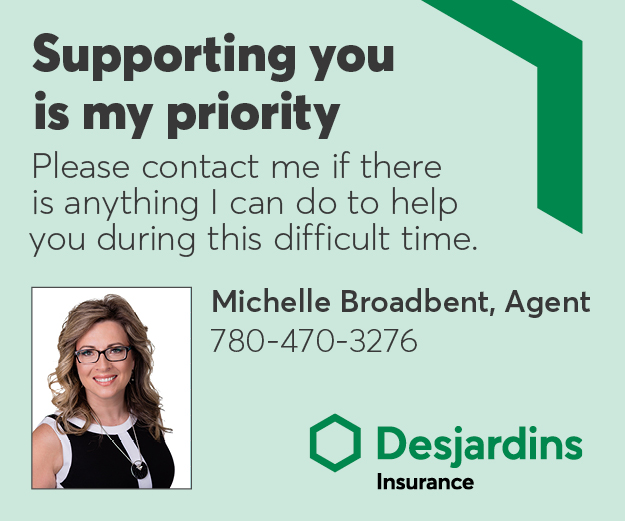Online Content
Fractional Ownership
Pooling your resources
June, 2017
Those of you who were in the market for a home in the 1990s may have come across the term fractional ownership. No, it has nothing to do with new math, but it is a way for people to own a bit of vacation property in a prime area without paying the full prime price. According to Canadian Resort Development in 2014, Canadians used their vacation homes approximately 36 days a year, so not paying the entire cost of the cottage makes financial sense.
With a timeshare, you’re herded into a room, given refreshments and made to hear a sales pitch about how great it would be to enjoy a bit of paradise for a week each year but you don’t own that bit of paradise; a fractional ownership means you own a fraction of that property—deed and all. It’s a way for people who want that cottage by the lake but can barely afford the driveway. With high house prices, the thought of shelling out $400,000 for a lakefront vacation cottage is painful. But in a fractional ownership—most common is a four-way split—you pay $100,000 for that property
Most people who become co-owners of a vacation property usually end up hiring a property manager to take care of the upkeep such as repairs, cleaning, snow removal and security. This helps alleviate any arguments about who broke what. Also, everything is clean, so the first two days of your precious vacation aren’t spent removing months’ worth of dust. How the ownership is divided among the owners will determine how the cost of expenses is divvied up for the property manager, taxes and insurance, as well as where you sit on the ladder when it comes to planning out who gets the cottage during the year.
The big pitfalls to fractional ownership are that very few banks will offer financing for such purchases, and resale value normally doesn’t go up. As with condos, the co-owners may want to start a reserve fund for any unexpected repairs that crop up. Also a good idea is having a separate fund in case a co-owner fails to pay his or her share. Another thing to keep in mind is how to decorate the property, as a mix of every owner’s decorative tastes can be a nightmare. Finding a balance that all owners can live with is key for everyone to enjoy their vacation property. Do you rent out the cottage during the time it’s vacant? If so, how do you deal with the profits: divide it among the owners in accordance to how much they own, or put it into the reserve fund? To make sure everyone is aware of what can and can’t be done, it’s best to hire a lawyer who has good experience with fractional ownership property.
If you’ve read the fine print, gone over what you can afford, how long and when you’re likely to use the property, fractional ownership may be the way to go when you can’t afford the whole cottage. Not only that, but for those of you who are tied to your work and keep foregoing the required vacation, having vacation time already set and agreed upon should help force you into actually taking the vacation.
How It All Began
Fractional ownerships actually started with businesses sharing the costs of owning a private jet, which is still done today. It’s also leading into other co-ownerships of big-ticket items: cars, boats and motorhomes.
Here are some costs for vacation residences in five Canadian hot spots
- In Canmore, AB, the average cost of a condo is approximately $450,000.
- In Whistler, BC, the average cost of a condo is approximately $300,000.
- In Niagara-On-The-Lake, ON, the average cost of a house is approximately $650,000
- In Cape Breton, NS, the average cost of a house is approximately $250,000.
- In the Sunshine Coast, BC, the average cost of a waterfront property is approximately $850,000.











